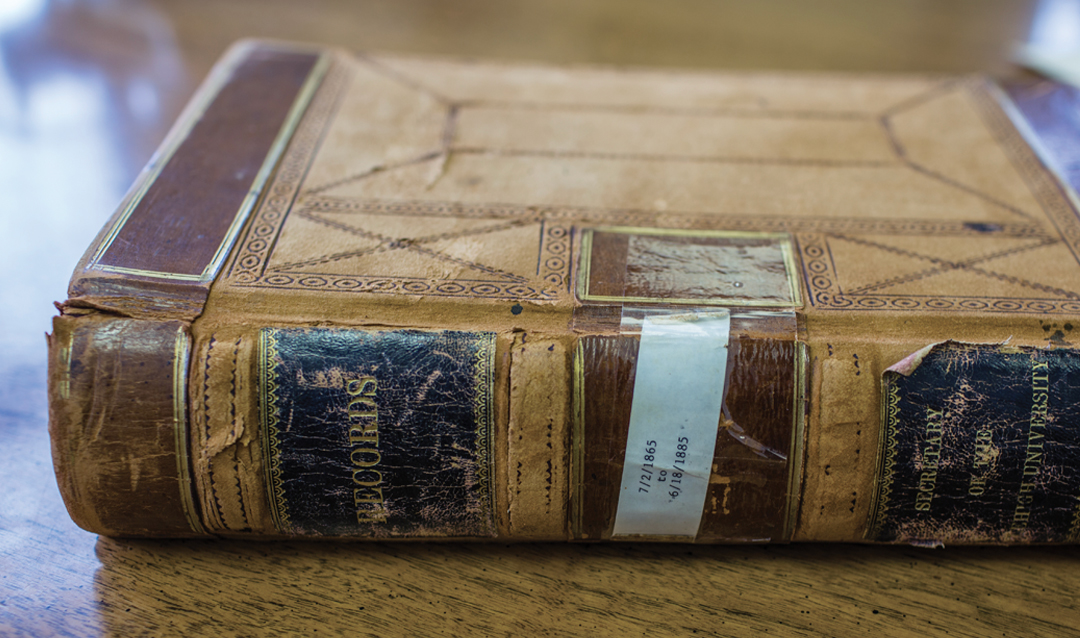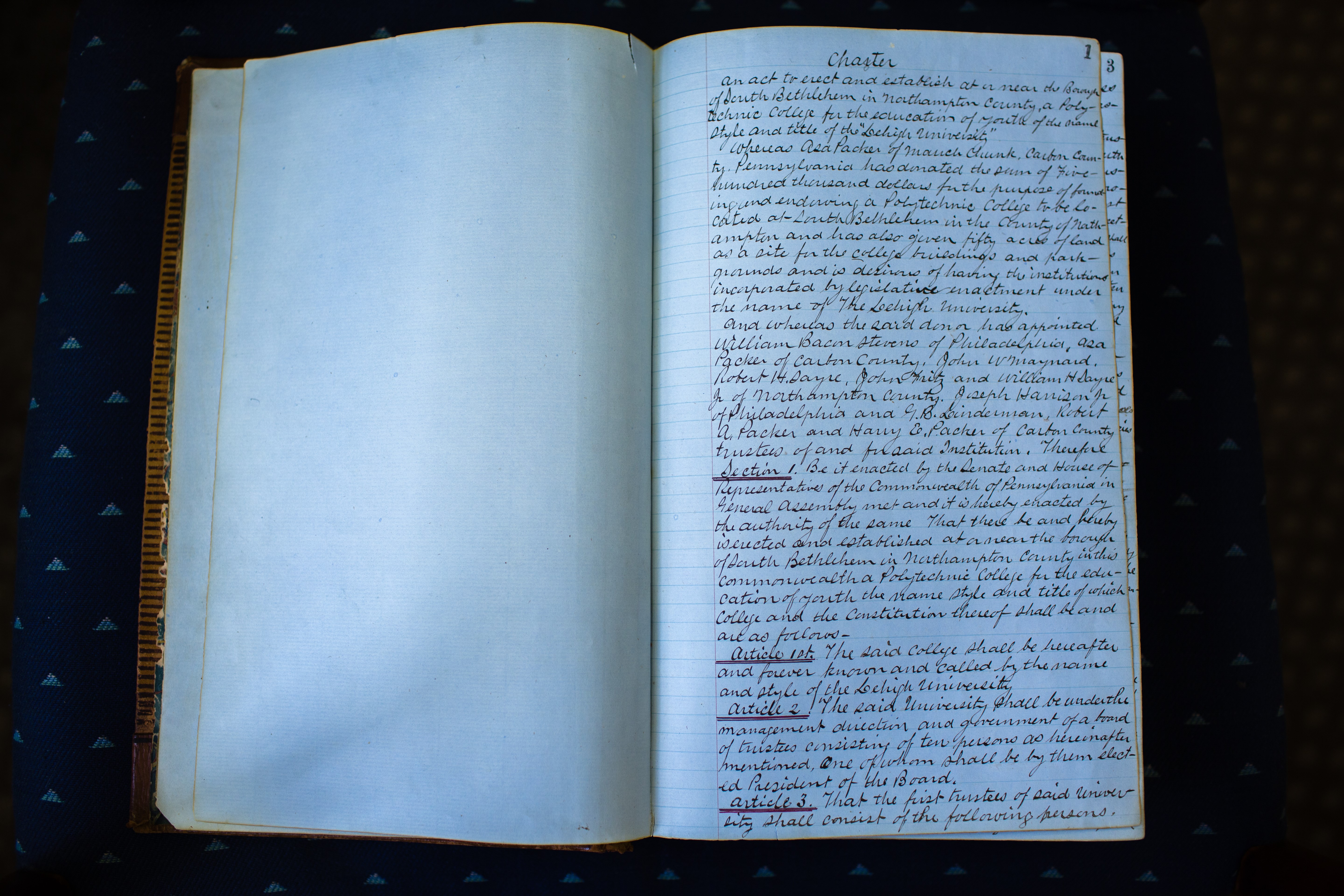Amendments to Lehigh University’s original charter of incorporation, by which the Commonwealth of Pennsylvania legally recognized the creation of the university in 1866, were recently approved by the Lehigh University Board of Trustees. The amendments were filed with the Pennsylvania Department of State’s Bureau of Corporations and Charitable Organizations and are the first amendments to the charter in Lehigh’s history.
Among the principal purposes of the Charter amendments, as well as accompanying University Bylaws amendments, are to afford all University Trustees voting status by eliminating the past Trustee classes of Corporate, Appointed, and Alumni Trustees and creating a single category of voting Trustees.
"Asa Packer anticipated much of what Lehigh would become in his initial charter language, but he could not have imagined the heights to which we've achieved," said Chair of the Board of Trustees Vincent Forlenza '75. "Our expanded needs as a national research university have broadened the approach to governance from Asa Packer's original description. These changes demonstrate Lehigh's positive evolution and impact in alignment with our mission and the defining purpose of the university."



